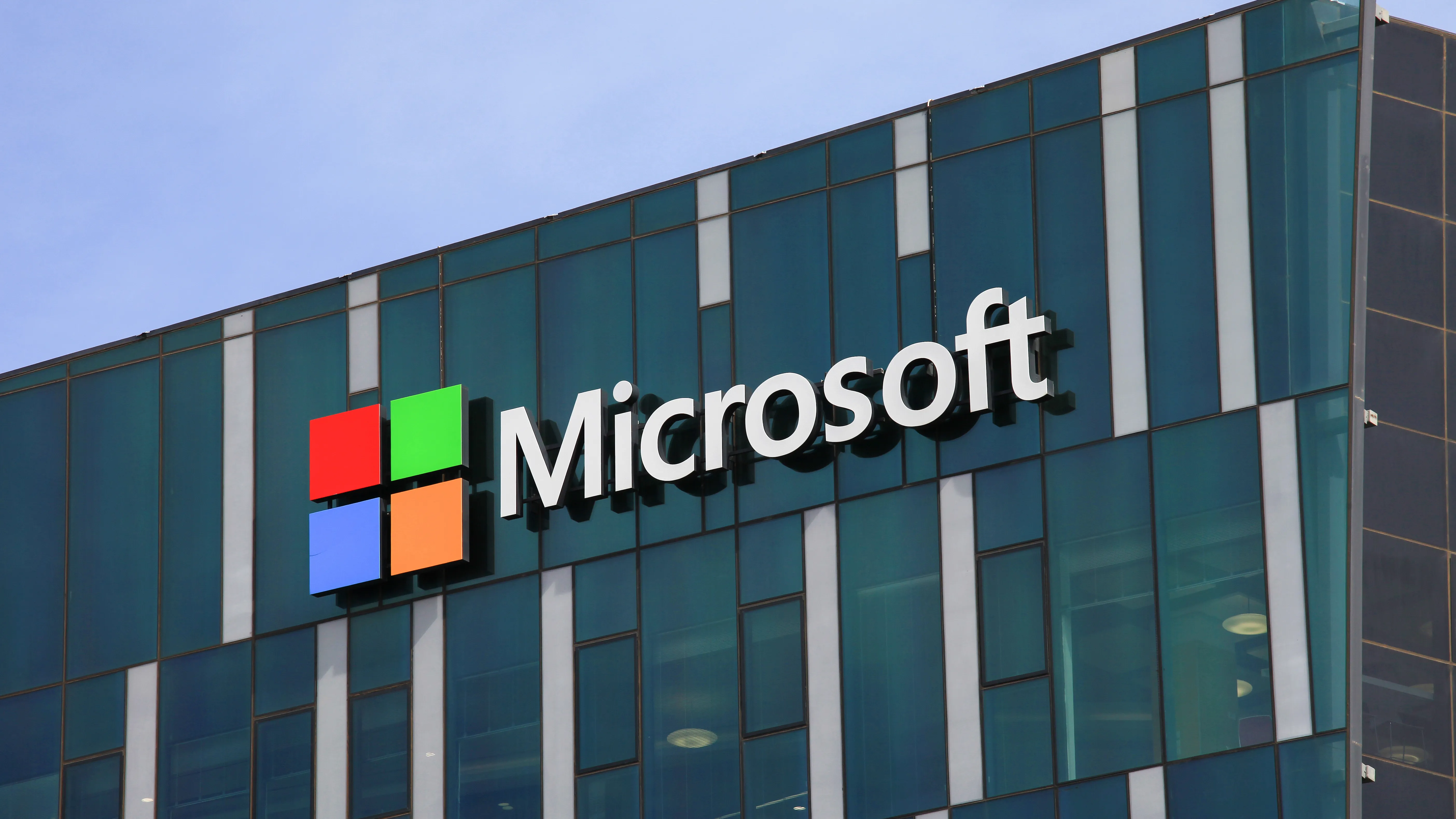Augmented Reality Disruption: The End of Microsoft's HoloLens 2 Production

Augmented Reality's Transition
Microsoft on Tuesday confirmed it is no longer producing the HoloLens 2, the company’s second-generation augmented reality headset first launched five years ago at Mobile World Congress (MWC) in Barcelona.
At the time of launch, analysts predicted the new device could build momentum for augmented reality (AR) technology, which had so far failed to get serious traction. This is something that, for the most part, has not materialized.
A Microsoft spokesperson said the company has also signaled a last time to buy for customers and partners. Support for HoloLens 2, including security updates, will end on Dec. 31, 2027. The spokesperson added that Microsoft will continue to invest in mixed reality opportunities with first-party software solutions and services, partnering with the broader mobile phone and mixed reality hardware ecosystem.
The Shift in Mixed Reality Strategies
Microsoft's decision has been seen as a formal acknowledgment of its retreat from hardware investments in AR. Principal analyst at Moor Insights & Strategy, Anshel Sag, noted that Microsoft had significant layoffs in the Mixed Reality division and exited the MRTK framework.
- Microsoft’s strategy has been hardware agnostic.
- Partners may port their work to other AR platforms.
- Only a few standalone AR platforms are potential successors to HoloLens 2.
Companies like Digilens seem poised to take advantage of this shift, having gained significant traction among former HoloLens partners.
Enterprise AR Potential and Market Shift
Despite this unfortunate turn for Microsoft, the case for augmented reality use in industrial contexts remains promising. Scott Bickley, research practice lead at Info-Tech Research Group, suggests that cheaper alternatives may emerge, helping to fill the gap in enterprise AR solutions.
- Competing products, like Meta's Quest series, offer affordable AR solutions.
- HoloLens adoption has been lackluster, with a few hundred thousand units sold.
The need for augmented reality solutions in manufacturing is evident, but Microsoft has determined that the financial model for continued investment was not viable.
This article was prepared using information from open sources in accordance with the principles of Ethical Policy. The editorial team is not responsible for absolute accuracy, as it relies on data from the sources referenced.